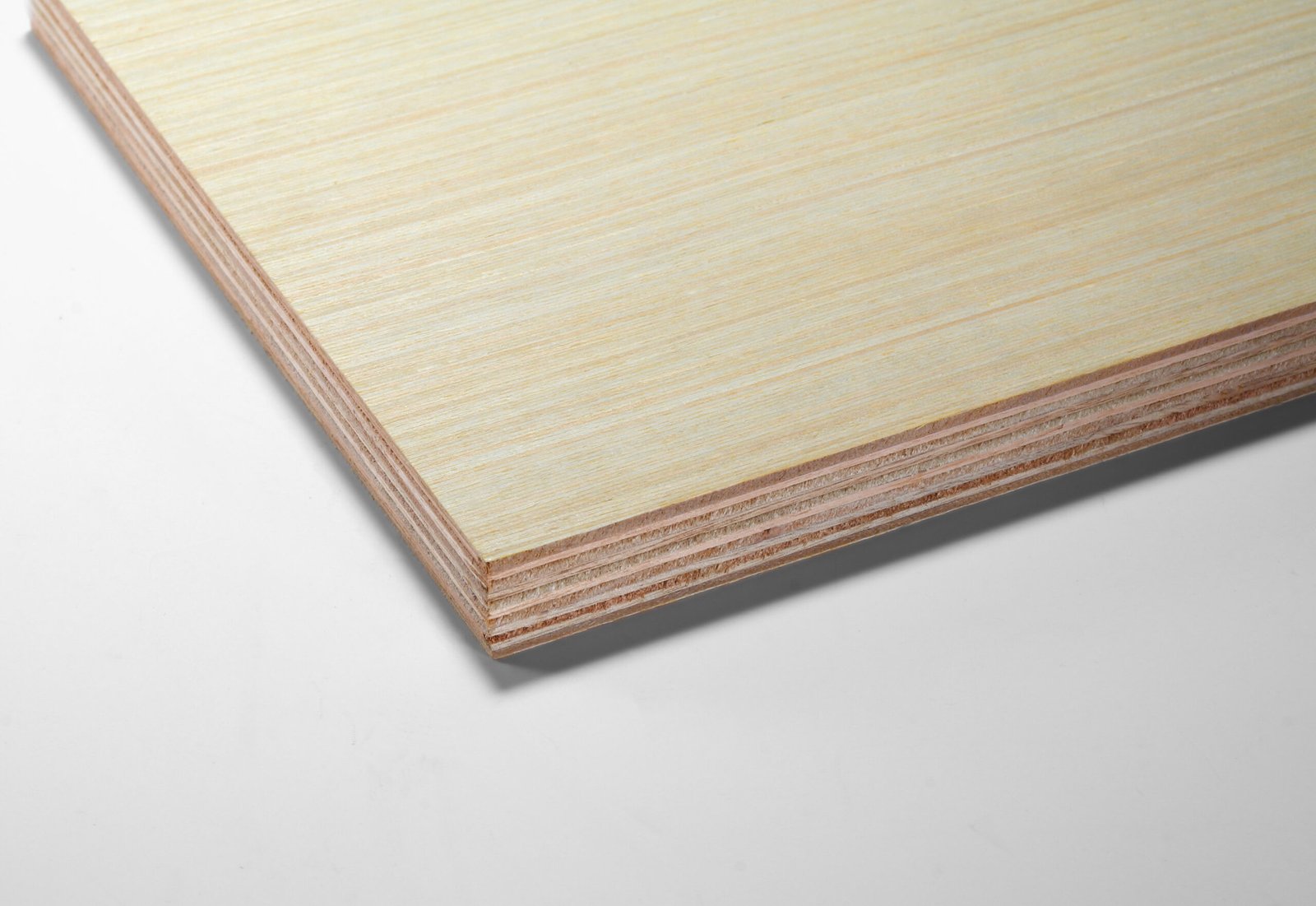Medium Density Fiberboard (MDF) is a popular material choice for furniture and cabinetry due to its smooth surface, versatility, and cost-effectiveness. However, choosing the correct MDF thickness is crucial for achieving the desired durability, aesthetics, and performance in your project. In this guide, we’ll explore different MDF thicknesses, how to choose the right one for your specific needs, and tips on how to maximize the material’s benefits.
Understanding MDF Thickness Options
MDF is available in a variety of thicknesses, typically ranging from 3mm to 25mm. Each thickness serves different purposes, depending on the type of furniture or cabinetry you’re planning to build. Below is an overview of common MDF thicknesses and their typical uses:
- 3mm to 6mm MDF: Often used for lightweight applications, such as drawer bottoms, back panels, or decorative trims. This thickness is ideal for non-structural parts.
- 9mm to 12mm MDF: Commonly used for cabinet backs, wardrobe panels, and drawer sides. It’s thick enough to offer more stability than thinner MDF without adding significant weight.
- 15mm to 18mm MDF: The most popular choice for furniture making and cabinetry, this thickness provides an excellent balance between strength and weight. It’s often used for shelves, doors, and structural parts of furniture.
- 22mm to 25mm MDF: Best suited for applications requiring high durability, such as heavy-duty shelves, tabletops, or workbenches. This thickness provides greater support and longevity.
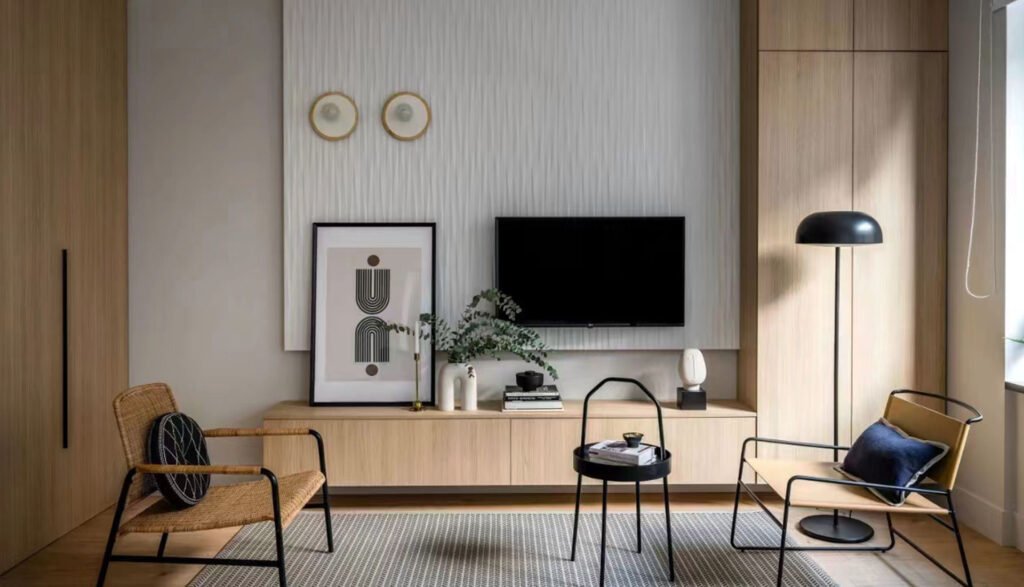
Key Factors to Consider When Choosing MDF Thickness
To choose the best MDF thickness for your project, consider the following factors:
1. Purpose of the Furniture or Cabinet
- For lightweight furniture or non-load-bearing parts, thinner MDF (3mm to 6mm) is usually sufficient.
- For furniture items that will bear weight, like shelves or tabletops, thicker MDF (15mm to 25mm) is recommended.
2. Desired Durability and Stability
- Thicker MDF is inherently stronger and more stable, making it ideal for items that require long-lasting performance.
- For cabinets and doors, 15mm to 18mm MDF is typically sufficient for stability without unnecessary bulk.
3. Budget Considerations
- Thicker MDF boards are generally more expensive than thinner ones. If budget is a concern, consider using thicker MDF only for critical structural areas and thinner boards for non-load-bearing components.
4. Ease of Handling and Installation
- Thicker MDF boards can be quite heavy, which may make handling and installation more challenging. Consider the available space and assembly requirements before choosing a heavy MDF thickness.
5. Aesthetic Preferences
- For a premium, solid appearance, thicker MDF (22mm to 25mm) can create a more substantial look, particularly in tabletops and visible shelves.
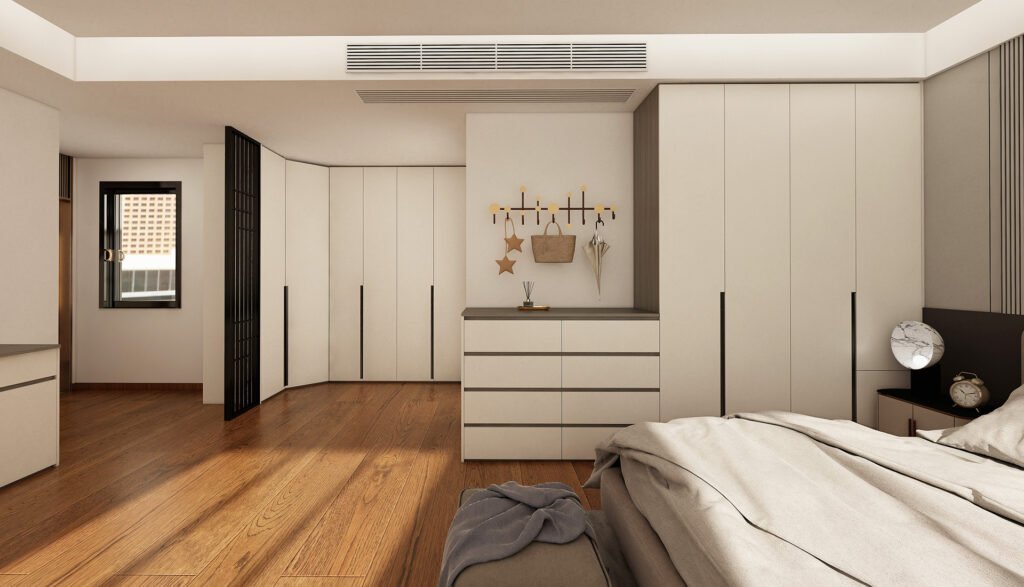
MDF Thickness Recommendations for Common Applications
Here’s a quick guide for selecting MDF thickness based on specific applications:
- Cabinet Doors: 15mm to 18mm MDF provides good stability and a smooth surface for painting or veneering. It’s durable enough to resist warping and ideal for kitchen or bathroom cabinet doors.
- Shelving: For bookshelves or utility shelves, 18mm to 22mm MDF is recommended to support the weight of items over time without sagging.
- Tabletops and Desks: For a sturdy, long-lasting tabletop, opt for 22mm to 25mm MDF. This thickness resists bending and provides a solid feel.
- Drawer Sides and Bottoms: Use 9mm to 12mm MDF for drawer sides and backs, as it provides stability without adding excessive weight. For the bottom panel, 6mm MDF is generally sufficient.
- Decorative Panels and Wall Features: For purely decorative applications, such as wall paneling or trims, 3mm to 6mm MDF is ideal due to its lightweight nature.
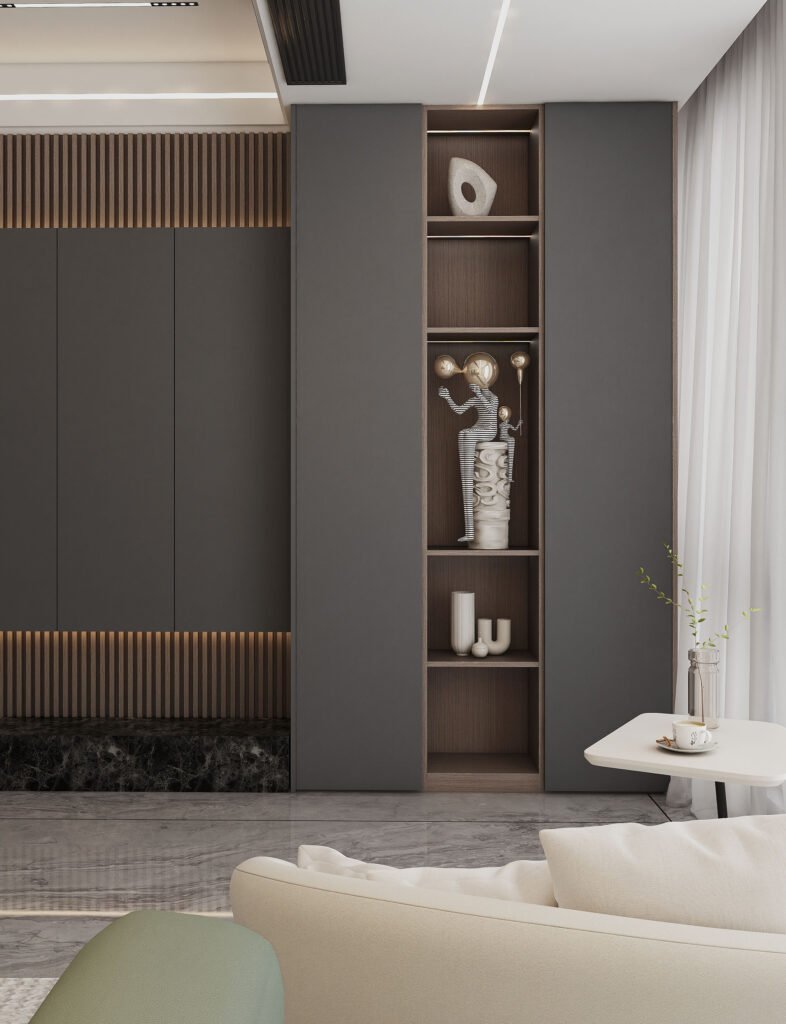
Tips for Working with MDF
To get the most out of your MDF material, consider the following tips:
- Sealing Edges: MDF edges can be porous, so it’s essential to seal them to prevent moisture absorption. This will improve durability and maintain the appearance over time.
- Support for Thin Panels: When using thin MDF, be sure to provide additional support (e.g., backing or bracing) to prevent warping or bending.
- Using the Right Tools: MDF creates a lot of dust when cut, so use a mask and proper ventilation. Carbide-tipped blades can help achieve clean cuts with minimal chipping.
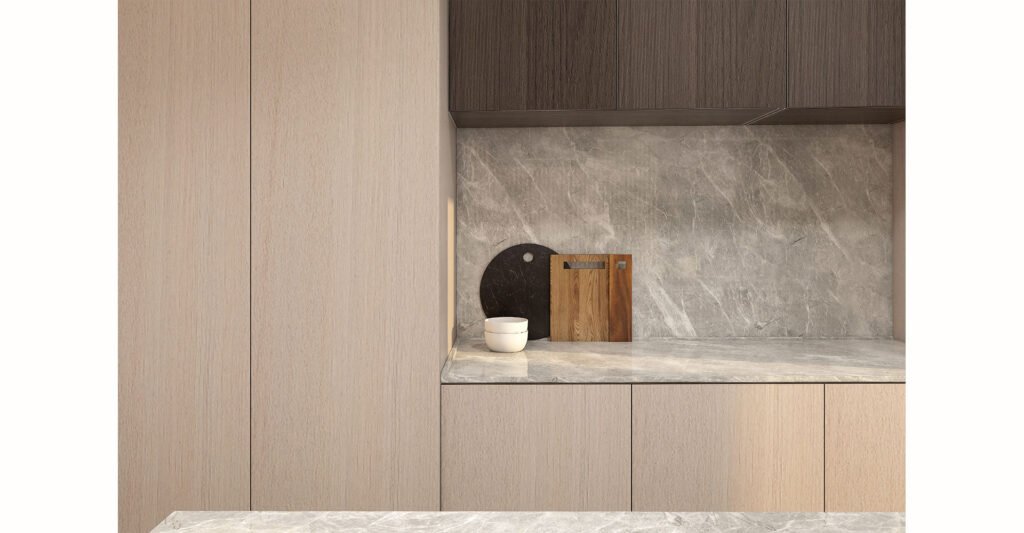
Conclusion
Selecting the right MDF thickness is essential for building durable and functional furniture and cabinetry. By considering the purpose, stability needs, and aesthetic preferences, you can choose the ideal MDF thickness for your project. At Tacon Wood Industry, we provide a range of high-quality MDF options at cost-effective prices. For more information or to place an order, feel free to reach out to us at taconsales86@gmail.com.

